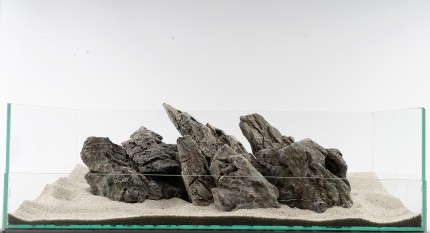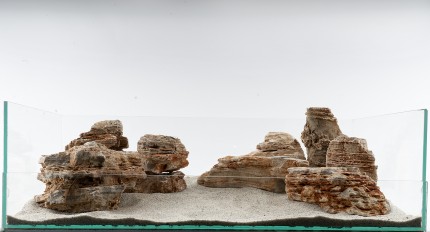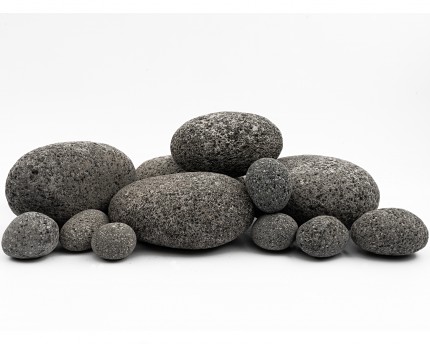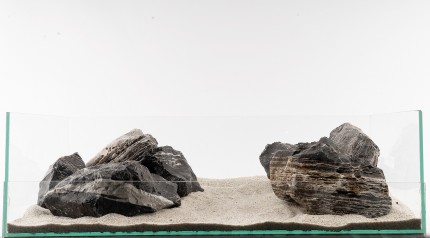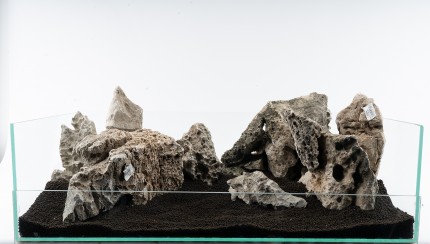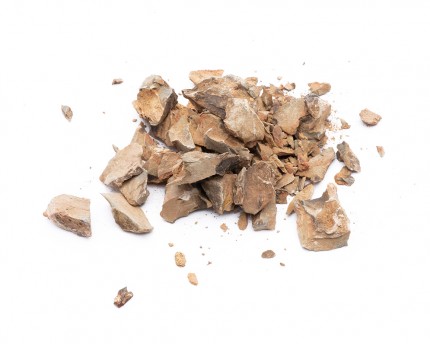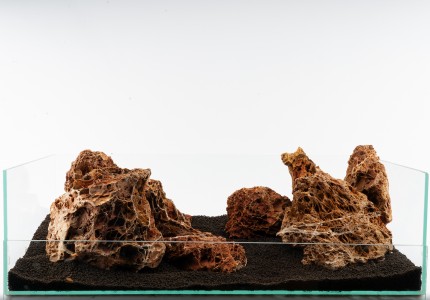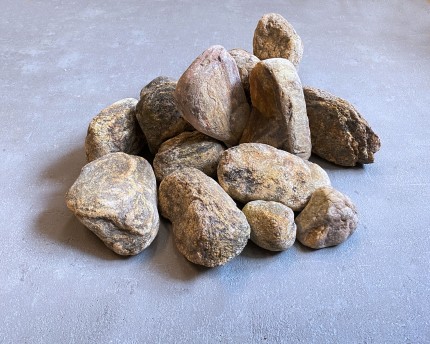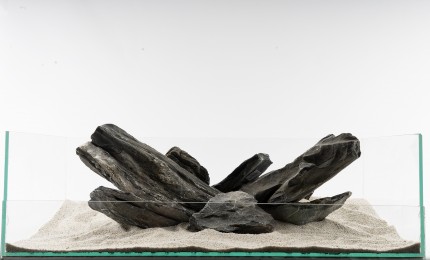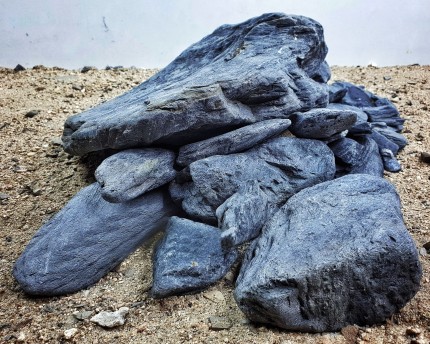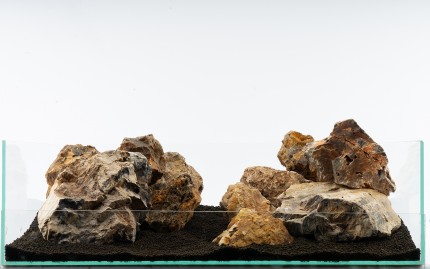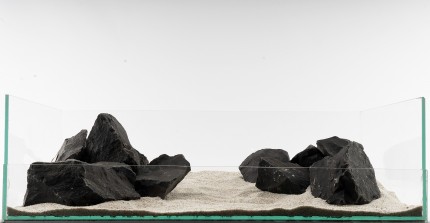Aquarium setup and scaping with roots
Aquarium roots are especially often used in aquascaping in the middle ground of a landscape, where they give the layout structure and a clear division. Here you can create beautiful contrasts to the plants with the often very pronounced textures and set visual focal points with filigree branches or also with bulky pieces.
Aquarium roots bring structure to the aquarium
However, wood can also be used to create a good design for an aquarium without plants. Plant-eating snails such as Marisa cornuarietis or burrowing, plant-eating or gardening crayfish sometimes make it necessary to do without plants. In crab aquariums and aquariums or aquaterrariums for crabs, aquarium roots provide good structure. Roots equipped with a suction cup are a good way to make an aquarium usable for crayfish, shrimp and snails even in the higher areas. The animals find cover in the structures created with roots and can mark out their territories. The stress level decreases significantly if territorial animals do not have to see each other all the time and can avoid each other in case of quarrels. Basically, there should always be one more hiding place in the aquarium, paludarium, aquaterrarium or terrarium than there are animals in it. Our clay products are particularly well suited as hiding places for crayfish, catfish and other animals, as are our cococaves made of coconut.
Advantages of real wood / aquarium roots
A thin biofilm settles on real wood, which shrimps and snails graze on with enthusiasm. Crayfish and sucking catfish are desperately dependent on fiber-rich food for healthy digestion, which softer wood, such as bog pine root or mangrove root, provides for them. Initially, a bacterial lawn may develop on the roots. These cotton wool-like coatings feed on sugars still present in the wood. After a few weeks, these sugars are depleted and the coatings disappear on their own. They are also readily eaten by shrimp and snails.
Real wood will release humic substances into the water for a while, giving it a natural amber tint. If the root colors the water a bit more at the beginning, you can counteract this with more frequent water changes - but this coloration does not harm the animals, on the contrary: Humic substances are of high importance for fish, crabs, shrimps and prawns, as they not only protect the skin function and the mucous membranes, but also help with molting, bind pollutants and can even buffer the pH value.
Treatment prior to placement
Some species, such as bog pine or mangrove roots, will float to begin with if they have not been pre-watered. Moorish roots stored wet and packed with salt will sink immediately, but they should still be watered for a day or two before being placed in the aquarium to flush out the salt. Roots that are not stored wet should be pre-watered outside the aquarium for a few weeks until they no longer float. If you want to use them immediately in the aquarium, you must either temporarily weigh them down with a rock or attach them to a slate or similar surface with a stainless steel screw that will not rust. Another option is to screw a suction cup to it and use that to attach it to the bottom plate. This, of course, must be done before the substrate is placed. After a few weeks, the roots then also remain by themselves unte

